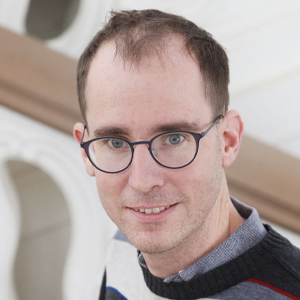Science has a reproducibility problem. Can sample sharing help?
The open science movement, which seeks to make research more transparent and more widely accessible, has been transforming the scientific landscape for several decades now — almost certainly for the better. A move toward transparency in the journal peer review process could help increase trust in academic publishing; widespread data sharing has enabled scientists to more easily check their peers’ work and build off one another’s results; and open access publishing models have helped democratize knowledge, allowing anyone, anywhere to read a study’s findings. (Admittedly, open access models — which typically require authors to pay upfront fees — have also created publication barriers for some researchers and unleashed a tsunami of predatory journals that sacrifice quality for profit.)
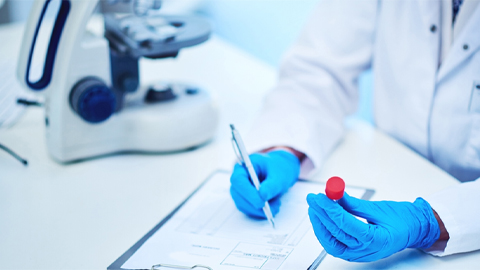
Is this where open science ends, though?
The two of us — a materials science researcher with the Czech Academy of Sciences and a trained evolutionary biologist who’s now active in science education and outreach — believe open science can go a step further: Scientists should make a more concerted effort to share their physical samples. Doing so would improve reproducibility, spur innovation, and help level the playing field in a pursuit where funding and resources are unevenly distributed.
To see the importance of sample sharing, one need look no further than the Covid-19 pandemic. Although China publicly shared the genetic sequence data of the novel coronavirus, SARS-CoV-2, about two weeks after the first cluster of cases was reported in late 2019, the world had to wait another two and a half weeks to get access to physical samples of the virus, from researchers in Australia. While synthetic biology has made it possible to reconstruct viruses from genetic data, actual viral isolates can still be needed to recover infectious viral particles for developing diagnostic tests, antivirals, and vaccine testing.
Unfortunately, a culture of protectiveness around samples prevails throughout much of science, not only in infectious disease research but in fields like materials science, chemistry, and medicine. (Paleontologists, who often display fossils and other collections online or in-person, and geoscientists, who often maintain shared rock and ice core repositories, are among the exceptions.)
A more open policy toward sample sharing could help address the reproducibility problems that continue to plague science. In a 2016 survey published in Nature, researchers advocated for, among other things, more incentives for formal reproduction to validate scientific results. But experiments that use unique or hard-to-recreate materials may be all but impossible to replicate in the absence of sample sharing.
We’ve seen this, for instance, with studies of few-atom-thick, sheet-like materials known as moiré materials. So difficult is it to precisely repeat the preparation of some moiré materials that in a 2022 review, physicist Chun Ning Lau and her colleagues compared them to art pieces. Likewise, physicists have struggled to replicate experiments with “Majorana particles” — special quantum particles theorized to occur in nanowires — in part because the fabrication processes for the nanowires are hard to faithfully replicate.
Replication studies are unglamorous work, and the incentives to do them are low as it is. Even when outside researchers can recreate a sample on their own, the process can be costly and time consuming, further disincentivizing the work. Giving more researchers easy access to samples could encourage more replication studies, and thereby bring more speed and efficiency to science’s self-correction process.
Sample sharing could also help kickstart innovation. Scientists who seek to break into a new area of research must often invest heavily in specialized machines and reagents, and spend years acquiring expertise, before they can fabricate or obtain samples required to do cutting edge experiments. As those barriers drop, more labs may spring up, and we are likely to see larger leaps in scientific knowledge and achievement as a result. Big science could flourish.
A culture of open samples would also pressure researchers to make sure their laboratory methods are sound: The knowledge that one’s work will be subject to scrutiny can be an incentive to get things right the first time. The sample sharers would have something to gain from all of this too: Groups that share generously would likely see their work more widely acknowledged.
Sample sharing will probably never be as widespread as data sharing. The logistics of distributing physical samples are complex and will involve decisions about who should be allowed to borrow a sample, how the sample should be handled and tracked, and how sharing will affect intellectual property rights and publication credit. Sample sharing would likely impose significant insurance and shipping costs, and it is not yet clear who would pay those costs or how. But these obstacles are primarily technical and administrative, and they can be overcome with enough forethought.
A bigger obstacle to sample sharing in science may be a competitive culture in which many researchers remain reluctant to share their data, let alone their novel laboratory creations.
It’s completely reasonable for scientists to be protective of work in which they have invested considerable time, funds, and effort. One compromise might be to implement an embargo period — a predetermined time window after the completion of a study during which researchers can keep their samples proprietary; only after the embargo lifts would they be compelled to share. Similar embargo approaches are common in data sharing.
In a perfect world, the wider scientific community might build and maintain repositories to house samples for sharing. But repositories can be costly, and it’s not clear that they would make sense for all specimens, such as those that may quickly become obsolete.
A more practical starting point might be for researchers to simply begin announcing their willingness to share physical samples upon reasonable request. One of us — Verhagen — has already announced an intent to share samples from upcoming work with specialized materials known as 2D sandwiches. Perhaps one day, grant agencies will mandate that award recipients abide not just by data availability standards but by sample availability requirements.
Any one-size-fits-all solution is unlikely to work. To cram paleontology, virology, materials science, and science’s myriad other disciplines into the same sample-sharing box would be foolish. But the notion of a world in which scientists work more openly and collaboratively to benefit society is not. Though it may sound unfeasible, even crazy to some, we think that world is within our reach.
This article was originally published on Undark. Read the original article.

Enjoy reading ASBMB Today?
Become a member to receive the print edition monthly and the digital edition weekly.
Learn moreGet the latest from ASBMB Today
Enter your email address, and we’ll send you a weekly email with recent articles, interviews and more.
Latest in Opinions
Opinions highlights or most popular articles
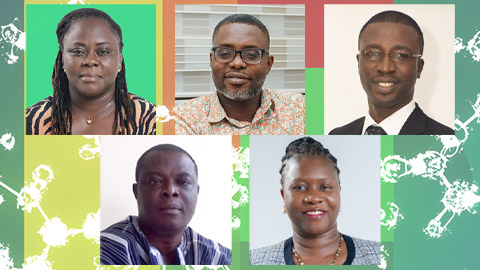
Getting to know scientists half a world away
In a program at Wellesley College, students interview and write about researchers at a university in Ghana.

Let’s make ASBMB awardees look more like BMB scientists
Think about nominating someone outside your immediate network.
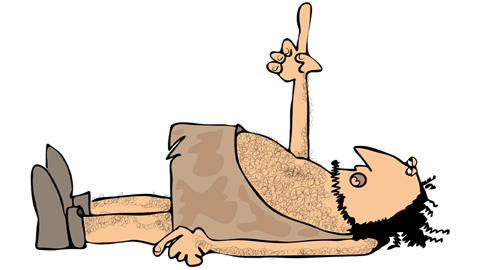
A paleolithic peer review
You might think review panels have only been around for the last century or so. You would be mistaken.

Early COVID-19 research is riddled with poor methods and low-quality results
The pandemic worsened, but didn’t create, this problem for science.

So, you went to a conference. Now what?
Once you return to normal lab life, how can you make use of everything you learned?
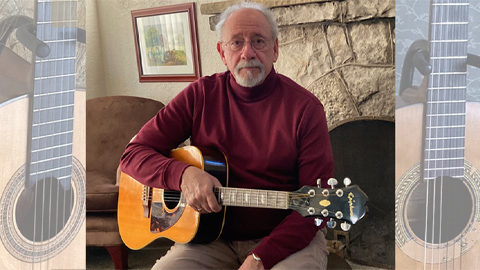
My guitar companion
A scientist takes a musical journey through time and around the world.

